The Slow Food Movement, born in Italy as a direct response to the encroaching fast-food culture, has grown into a global phenomenon advocating for the preservation of traditional and regional cuisine. It stands as a defiant proclamation against the homogenization of taste and the erosion of culinary heritage. The movement’s manifesto, penned in 1989, is not merely a call to savor meals at a leisurely pace but a radical rethinking of our relationship with food, culture, and the environment.
At its core, the Slow Food manifesto is a celebration of biodiversity. It challenges the industrialized food system that prioritizes efficiency over quality, mass production over flavor, and profit over sustainability. The movement’s founders, led by Carlo Petrini, envisioned a world where food is not just fuel but a cornerstone of community and identity. They argued that the hurried consumption of cheap, processed meals disconnects people from the origins of their food, the labor that produces it, and the cultural stories embedded in every dish.
The manifesto’s language is poetic yet urgent, framing food as a universal right rather than a commodity. It speaks of “the quiet material pleasure” of eating, a phrase that encapsulates the movement’s ethos. This pleasure, however, is under threat. The rise of multinational agribusinesses and the standardization of diets have marginalized small-scale farmers and artisanal producers. Slow Food’s response is a call to arms: protect local flavors, revive forgotten recipes, and resist the tyranny of the microwave dinner.
One of the movement’s most compelling arguments is its emphasis on the interconnectedness of food and ecology. The manifesto underscores that what we eat directly impacts the planet. Industrial farming, with its reliance on pesticides and monocultures, degrades soil and depletes water resources. In contrast, Slow Food champions agroecology—a method of farming that works with nature rather than against it. By supporting farmers who cultivate heirloom varieties and raise livestock humanely, the movement seeks to create a food system that is both nourishing and regenerative.
The manifesto also delves into the social dimensions of food. It laments the decline of the shared meal, a ritual that once fostered conversation and connection. In an era where dinners are often eaten alone in front of screens, Slow Food advocates for the return of the table as a space for dialogue and solidarity. This idea resonates deeply in Italy, where meals are traditionally long, wine-fueled affairs, but it has found followers worldwide. From Tokyo to Buenos Aires, people are reclaiming the art of dining as an act of resistance against the fragmentation of modern life.
Critics of the movement argue that its ideals are elitist, accessible only to those with the time and money to seek out artisanal products. Yet Slow Food’s proponents counter that the true cost of cheap food—environmental destruction, exploitative labor practices, and health crises—is far higher. They point to initiatives like community-supported agriculture and urban gardens as ways to make wholesome food more democratically available. The manifesto, in this light, is not a prescription for gourmet indulgence but a blueprint for systemic change.
The legacy of the Slow Food manifesto is evident in its ripple effects. It has inspired legislation to protect traditional foods, such as Italy’s recognition of Neapolitan pizza as a cultural treasure. It has also spurred educational programs teaching children to grow and cook their own meals. Perhaps most importantly, it has rekindled a global conversation about what it means to eat well—a conversation that is as much about ethics as it is about taste.
As the world grapples with climate change and inequality, the Slow Food movement’s vision feels increasingly prophetic. Its manifesto, once a niche declaration, now speaks to the anxieties of a planet in crisis. The question it poses is simple yet profound: Can we afford not to slow down? In answering, we may find that the act of eating, done thoughtfully, holds the key to healing both our bodies and the earth.

By Victoria Gonzalez/May 12, 2025
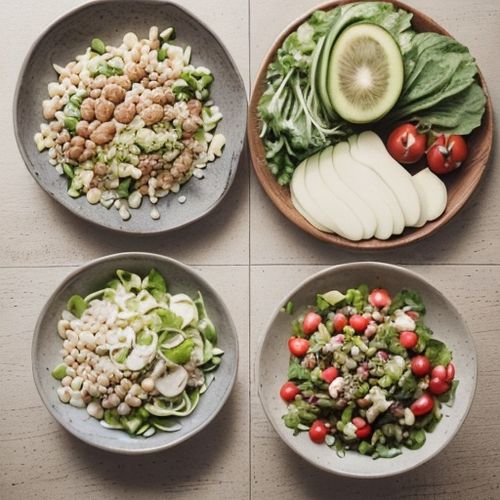
By Samuel Cooper/May 12, 2025

By Eric Ward/May 12, 2025

By Ryan Martin/May 10, 2025

By Thomas Roberts/May 10, 2025

By Laura Wilson/May 10, 2025

By Christopher Harris/May 10, 2025

By Samuel Cooper/May 10, 2025
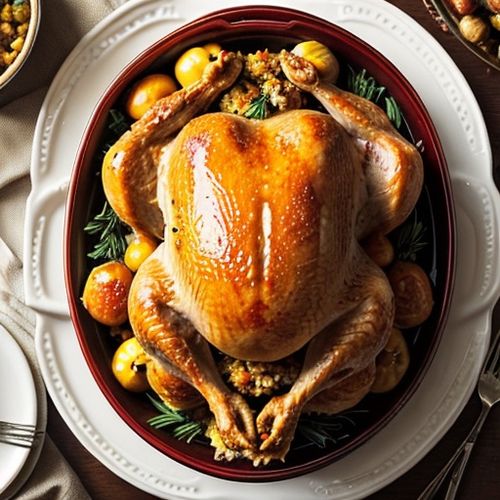
By Megan Clark/May 10, 2025
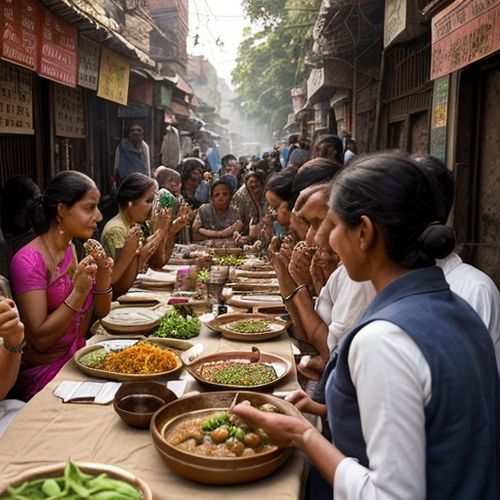
By Olivia Reed/May 10, 2025
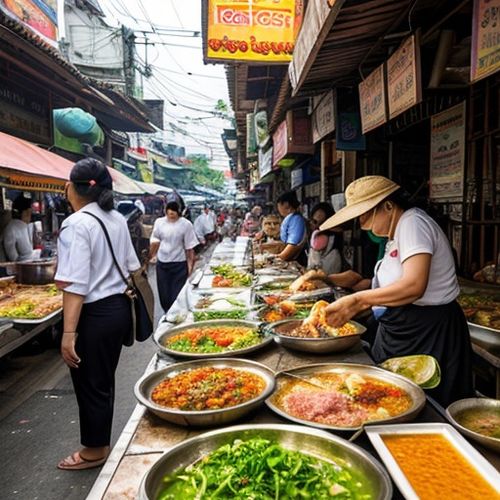
By Natalie Campbell/May 10, 2025
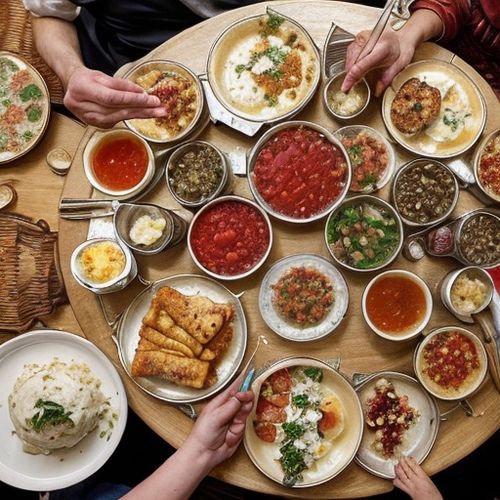
By Sophia Lewis/May 10, 2025

By George Bailey/May 10, 2025
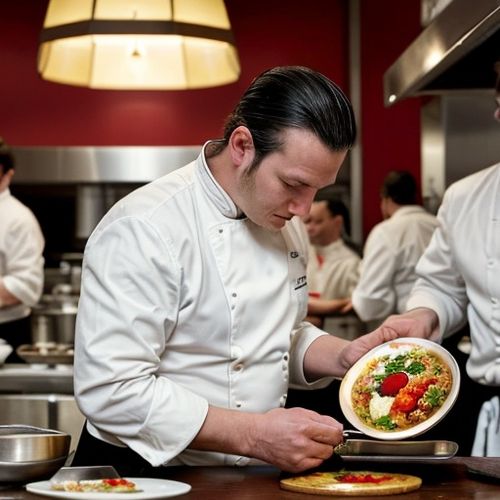
By Eric Ward/May 10, 2025
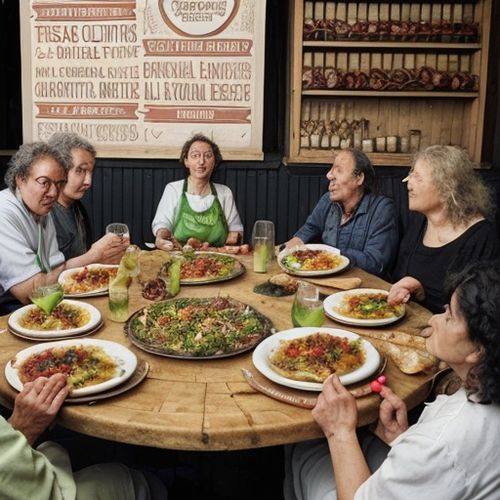
By Daniel Scott/May 10, 2025
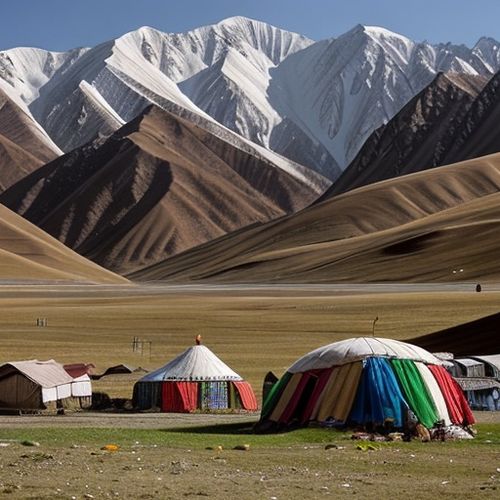
By George Bailey/May 10, 2025
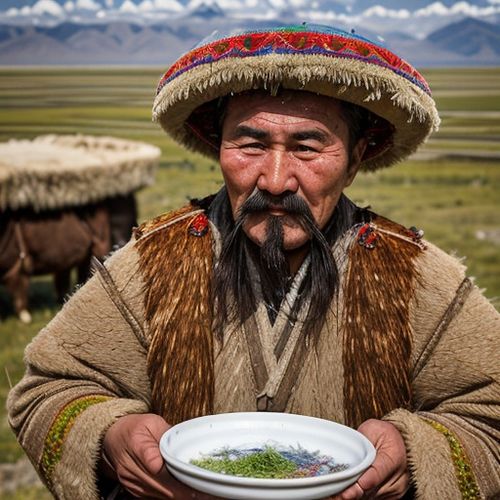
By Elizabeth Taylor/May 10, 2025

By Natalie Campbell/May 10, 2025

By Emily Johnson/May 10, 2025
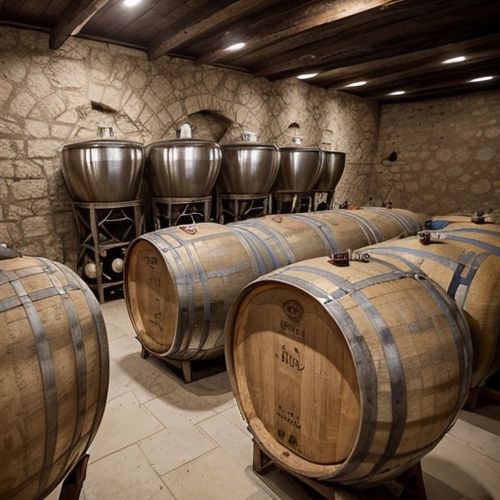
By Elizabeth Taylor/May 10, 2025